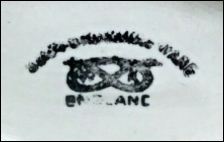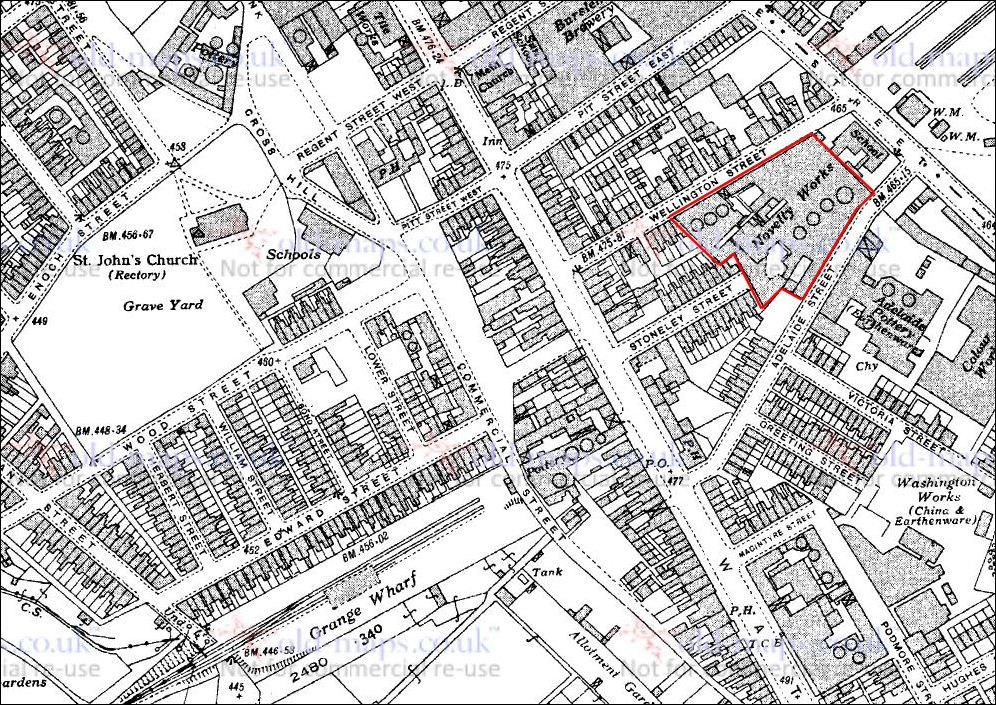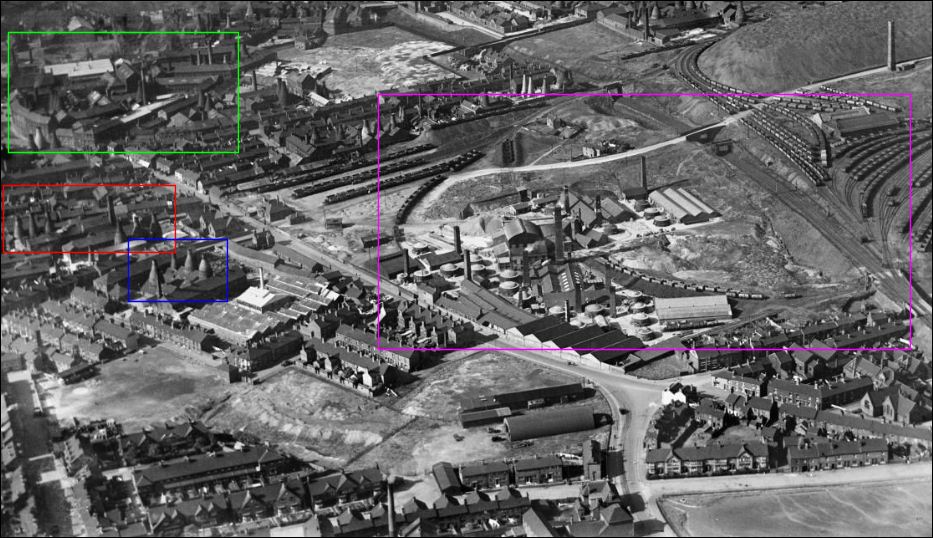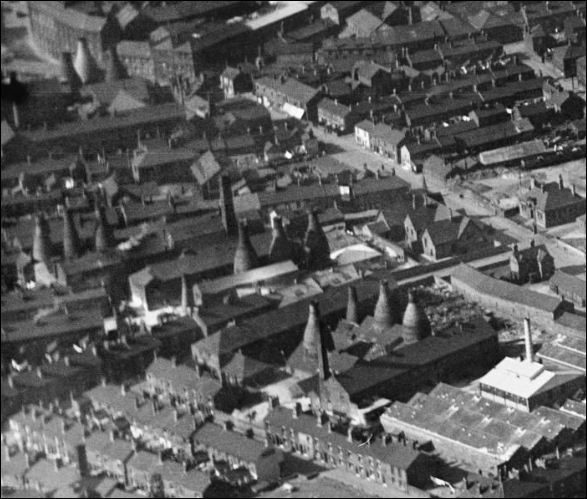![]()
|
William
Kent |
Location and period of operation:
|
William Kent |
Burslem |
1894 |
1944 |
Earthenware
manufacturer, particularly of 'Staffordshire Ware' figures, dogs, flat
back ornaments, Burslem,
Stoke-on-Trent, England.
|
Formerly: Kent & Parr
Subsequently : William Kent (Porcelains) Ltd

Kent, Wm., earthenware
manufacturer
from..... 1907
Staffordshire Sentinel
'Business Reference Guide to The Potteries, Newcastle & District'

William Kent
Novelty Works, Wellington Street, Burslem
Manufacturer of
Earthenware Figures, Dogs, Horsemen, Cows, Toby Jugs &c.,
also Teapots inwhite, jet, rockingham, samian, &c.,
The Pottery Gazette - 1st January 1913

"Old Staffordshire"
Pottery
A Family Tradition
from a 1955 booklet produced by Kent of Burslem
|
"In 1894, the firm [of Kent
& Parr] became William Kent and the works [Wellington Street Works] were named the Novelty Works.
A page from a twentieth-century Kent catalogue showing typical models is reproduced
below. These Kent “Staffordshire” figures are unmarked." Jewitt "Ceramic Art of Great Britain"
|
Cow and Milkmaid - Maid Standing No 2
reference number 63
Marks & initials used on ware for identification:
most ware was unmarked

Staffordshire Ware
W K
Englandthis mark with the initials WK inside a
Stafford Knot is likely
1920s / 30s
the Wellington Street Works from a 1879 map
at the time of the partnership of John Parr and William Kent the
works were very small with just one bottle kiln
|
|
|

1937
This 1937 map shows further expansion of the Novelty Works
and the addition of a seventh kiln

1930 photo of the Sneyd
Colliery and Brick Works and surrounding area
Purple = Sneyd Brickworks
Green = Royal Doulton Works
Blue = Adelaide Works
Red = Novelty Works of William Kent
source: Britain from Above

Adelaide Works in the
foreground and the Novelty Works centre & left
Questions, comments, contributions? email: Steve Birks